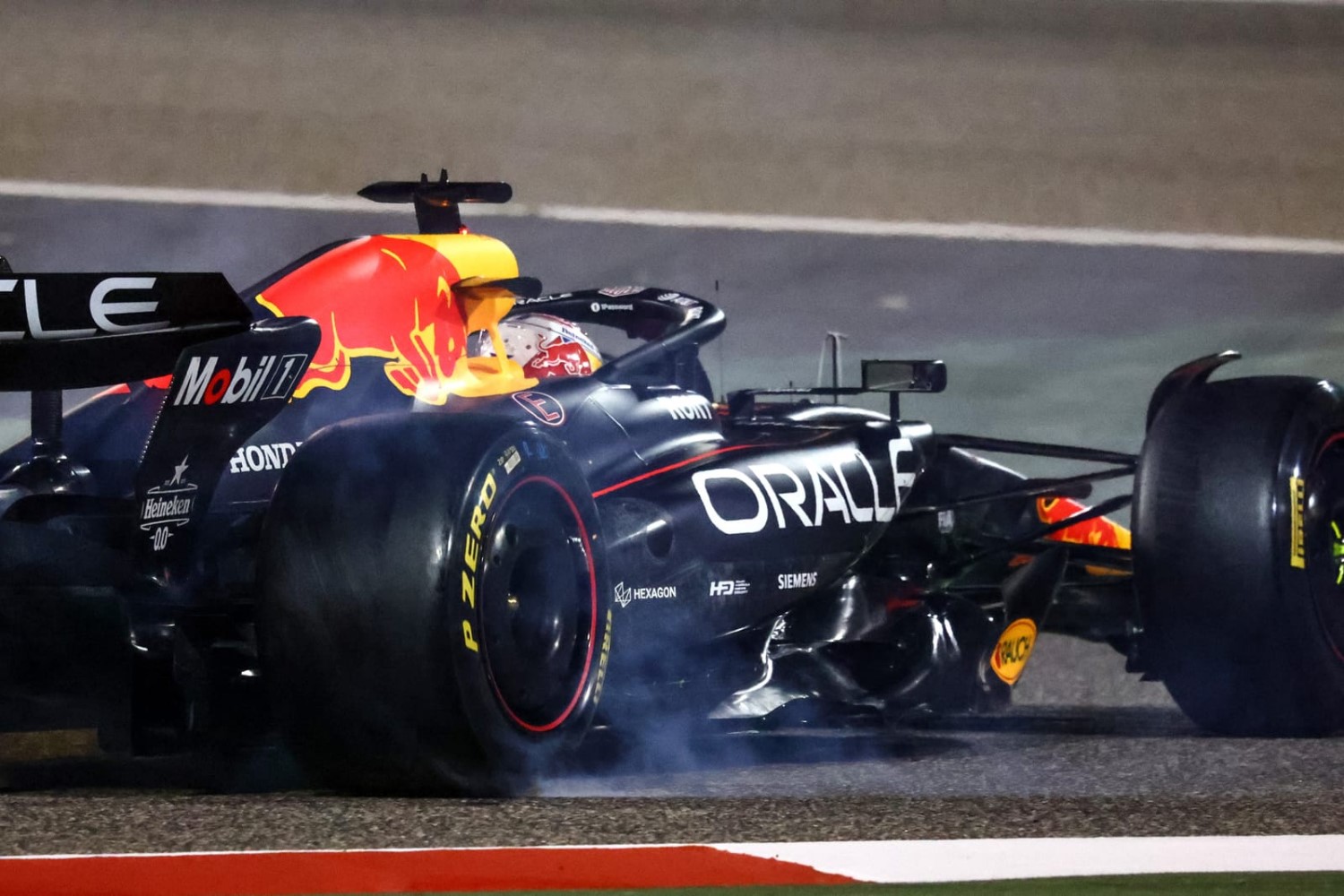Precision and Pressure: How Racing Drivers Master Split-Second Decisions
F1 drivers typically have a reaction time of 0.2 to 0.3 seconds. In contrast, most humans react at 0.7 to 0.8 seconds, about three times more. As such, a decision made too early or too late can spell the difference between a win and a loss on the track.
Every millisecond counts. A delayed brake, misread track condition, or mistimed move has drastic consequences. Demonstrating precision under pressure goes beyond innate talent. It’s backed by science. Elite drivers train hard to rewire their brains, combining instinct with accuracy. Mental sharpness dominates in the racing arena. No room for mere guesses.
Simulators, Strategy, and Split-Second Choices
There’s no time for second-guessing when racing. This is when instincts become valuable, allowing drivers to react immediately without overthinking. It’s a skill built through experience and training. In the case of the latter, simulators assume a crucial role.
A high-quality simulator replicates real-world physics, weather, and mechanical situations with extreme accuracy. Drivers engage in hundreds of virtual laps to master track layouts and hone muscle memory. Sensors track eye movements and pedal inputs. In turn, they can expose split-second flaws. They provide valuable data for improvement. Repetition teaches the brain to filter distractions and become a better racer.
Using simulators becomes more effective when complemented with data analytics. Engineers dissect laps and constantly review performance to build patterns. They analyze overtaking angles and lap times, among many others. Drivers, on the other hand, can rehearse what-if scenarios with simulators to shrink reaction gaps. Doing so transforms uncertainty into a calculated strategy.
The appeal of razor-sharp reflexes extends beyond the track. Motorsport fans also gravitate towards time-sensitive challenges that reward quick thinking and calculated risks. They play instant casino games to enjoy the rush of rapid choices and quick rewards. These games may not be as physically demanding as racing. But they are a great way to practice reflexes in a fast-paced setting. Acting decisively in these games proves that speed rewards those who master timing, even when under pressure.
Physical Conditioning and Reflex Training
A racing driver’s body is their first line of defense against physical and mental exhaustion. Fitness builds stamina and sharpens the mind. Exercises for hand-eye coordination rewire neural pathways. Faster processing speeds follow. The brain conserves energy for strategic decisions when muscles react intuitively.
Strengthening the neck and core is critical. Advanced race cars can generate 4 to 6G of force during cornering and braking. In a nutshell, G force is the weight of the force the driver’s body feels. Weighted helmets and resistance bands make certain body parts stronger, making them more capable of handling strong forces when racing. A steady posture is also a must, forcing the eyes to focus. It speeds up reaction times to improve precision when racing.
High-intensity Interval Training (HIIT) enhances racing skills. The sport requires muscular strength and endurance. HIIT mimics race conditions: a burst of max effort followed by a brief recovery.
Mental Endurance and the Role of Focus
Racing drivers experience physical and psychological strain. Heat, dehydration, and overwhelming sensory inputs are chaotic. This is where mental endurance becomes important. It maintains razor-sharp focus for hours while battling external factors that derail performance, separating champions from contenders. Reaction times slow and risks escalate without it. Your capacity to make split-second decisions falters.
Focus bridges preparation and execution. Drivers train their minds to eliminate distractions like roaring engines and other cars on the track. It involves mastery of crucial techniques like breath control to stabilize heart rates and mindfulness to be fully immersed in the moment.
The stakes are high and unforgiving. There’s no room for error. As such, drivers should work on their mental endurance to improve focus. Consequently, such will help them direct their attention to what matters most and make split-second decisions without any doubt.
Team Dynamics and In-Race Communication
Race drivers may be alone in their cars, but the sport requires teamwork. Success hinges on seamless communication with pit crews and engineers. Radio exchanges are free from fluff. They’re concise and clear, using coded phrases that drivers are highly familiar with. These codes eliminate hesitation and confusion, allowing racers to act in split seconds.
Engineers are the second brain of drivers. Real-time telemetry uses algorithms to fuel strategy shifts. Every second counts, so communication happens in real-time. There’s no room for delays in mental processing. The clearer things are communicated, the sooner drivers can react.
Trust accelerates exchanges and strengthens communication. A calm tone is also essential to cut through panic. When the team works together, it’s easier to transform chaos into precision.
Wrapping Up
Precision under pressure is a key element in racing. Drivers must react in split seconds to emerge victorious. This is possible by improving physical and mental strength. Mastering teamwork. Simulators help mimic real-world situations on the track. Hence, drivers can be familiar with what to do in different situations.
